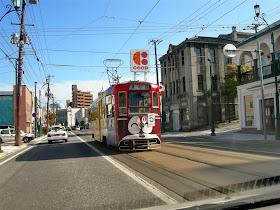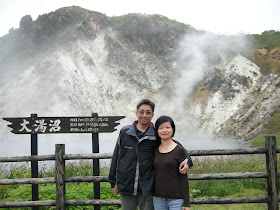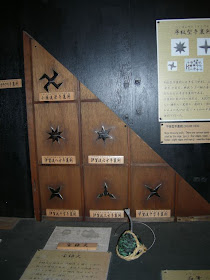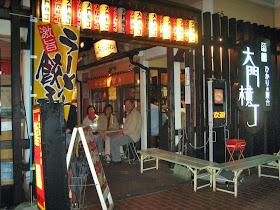In the beginning, I introduced the infrastructure of HKSTP and the quality management system in Technology Support Centre (TSC). It included ISO 9001, OHSAS 18001 and ISO 27001 certification, as well as, HOKLAS (ISO 17025) accreditation. After that, students visited our different laboratories as follows:
i) Probe and Test Development Centre (PTDC) for Wafer testing, chip testing, etc;
ii) Reliability Laboratory (RL) for chip reliability testing, PCB testing, etc;
iii) Wireless Communications Test Laboratory (WCTL) for 3G mobile phone test and DTV test, etc;
iv) IC Failure Analysis Laboratory (ICFAL) for SEM, SAM, ESD & FIB testing, etc;
v) Material Analysis Laboratory (MAL) for XRF, ToF-SIMS, FESEM & Auger testing, etc; and
vi) Biotechnology Support Laboratory (BSL) for culturing and protein testing, etc.
Lastly, they visit the Golden Egg of HKSTP and take photo for memory.

Inside Golden Egg is an Auditorium (It has 280 seat.).

Students are very interested in the door design for dark room (Avoiding light leakage) of BSL.

After the visit, many students in pure or applied science were found without the training on Quality Management System. Therefore, Hong Kong Society for Quality had arranged a certification course entitled “Quality Management for Laboratory” to CityU’s student every year.










































































